Your cart is currently empty!
Calla Lily vs Peace Lily: Unlocking the Differences and Care Secrets

Introduction
Calla lilies (Zantedeschia) and peace lilies (Spathiphyllum) are two popular flowering houseplants with elegant and distinctive blooms. Their similar names and flower shapes can lead to confusion, but they belong to different genera and have unique characteristics and care requirements. This comprehensive guide will delve into the differences between calla lilies and peace lilies, providing detailed information on their appearance, growing conditions, and care tips to help you cultivate these beautiful plants successfully.
Appearance
Calla Lily
- Flower Shape: Funnel-shaped with a distinctive pointed spadix (central spike) surrounded by a large, showy bract (petal-like structure).
- Bract Color: White, yellow, pink, orange, purple, or green.
- Foliage: Dark green, arrow-shaped leaves arranged in a basal rosette.
Peace Lily
- Flower Shape: Resembles a white flag or sail with a yellow spadix.
- Bract Color: Usually white, but can also be cream or greenish.
- Foliage: Deep green, lance-shaped leaves with a glossy finish.
Botanical Differences
| Characteristic | Calla Lily | Peace Lily |
|---|---|---|
| Genus | Zantedeschia | Spathiphyllum |
| Family | Araceae | Araceae |
| Toxicity | Toxic to pets and humans (contains calcium oxalate crystals) | Non-toxic to pets and humans |
Growing Conditions
Light
- Calla Lily: Bright indirect light.
- Peace Lily: Tolerates low light conditions, but blooms more profusely in bright indirect light.
Temperature
- Calla Lily: Prefers temperatures between 65-75°F (18-24°C).
- Peace Lily: Optimal growth between 68-82°F (20-28°C).
Water
- Calla Lily: Keep soil consistently moist but not soggy.
- Peace Lily: Water thoroughly when the top 2-3 inches of soil feel dry to the touch.
Fertilizer
- Calla Lily: Fertilize monthly with a balanced liquid fertilizer during the growing season.
- Peace Lily: Fertilize every 6-8 weeks with a balanced liquid fertilizer.
Care Tips
Calla Lily
- Dormancy: After flowering, calla lilies enter a dormant period. Reduce watering and allow the foliage to die back. Store the bulb in a cool, dry place until spring.
- Toxicity: Handle with care as all parts of the plant are toxic.
Peace Lily
- Air Purification: Peace lilies are known for their ability to remove pollutants from the air.
- Repotting: Repot every 2-3 years or when the plant becomes rootbound.
Troubleshooting Common Problems
| Problem | Calla Lily | Peace Lily |
|---|---|---|
| Yellowing leaves | Overwatering, lack of light | Overwatering, underwatering, nutrient deficiency |
| Brown leaf tips | Low humidity, fluoride or salt buildup | Overfertilizing, fluoride or salt buildup |
| No flowers | Not enough light, lack of fertilizer | Insufficient light, infrequent fertilization |
Conclusion
Calla lilies and peace lilies are both captivating flowering plants that can enhance any indoor space. While they share some similarities, their distinct appearances, growing habits, and care requirements set them apart. By understanding their botanical differences and following the appropriate care guidelines, you can successfully cultivate these beautiful plants and enjoy their vibrant blooms for years to come.


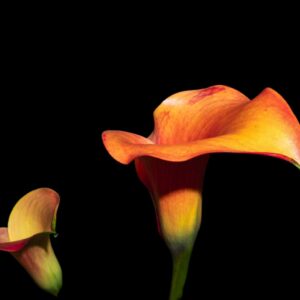
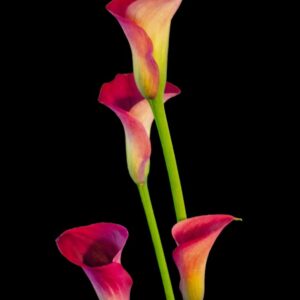
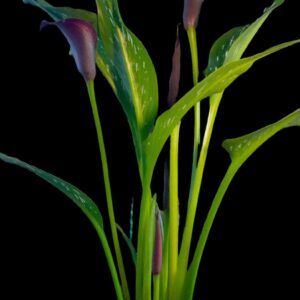

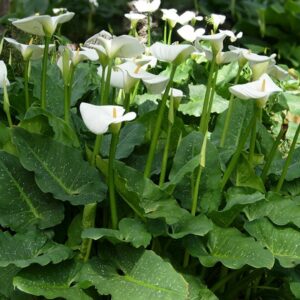
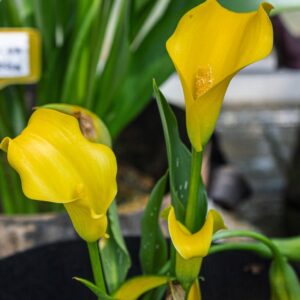
Leave a Reply